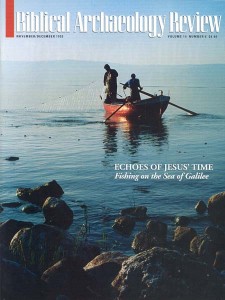
Centuries of Darkness
Peter James, in collaboration with I.J. Thorpe, Nikos Kokkinos, Robert Morkor and John Frankish (London: Jonathan Cape, 1991; New Brunswick, NJ: Rutgers Univ. Press, 1993) 434 pp., $45.00 cloth, $16.95 paper
“How can you date that event with such precision?” students frequently ask in response to my claims that “Tuthmosis III became pharaoh in 1479 B.C.” or “Israel divided into two kingdoms in 931 B.C., just after Solomon’s death.” At this point, the lecture takes a 20-minute detour on chronology and the synchronisms between Egypt, Israel and Assyria, such as the interlocking events in Judah in 701 B.C., when Sennacherib of Assyria, Hezekiah of Judah and King Tirhakah of Kush/Egypt met in a common conflict. I would go on to inform the inquisitive student that the basis for Assyrian chronology is the royal annals and the Limmu lists.a On the Egyptian side, I would continue, king lists of pharaonic origin and lists furnished by classical writers, when coupled with astronomical and lunar data, help establish a rather precise absolute chronology.
Already a library member? Log in here.
Institution user? Log in with your IP address.

